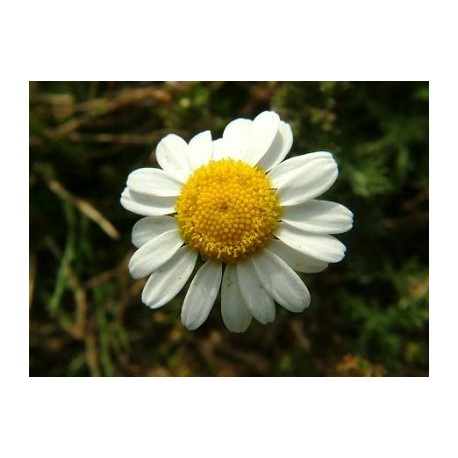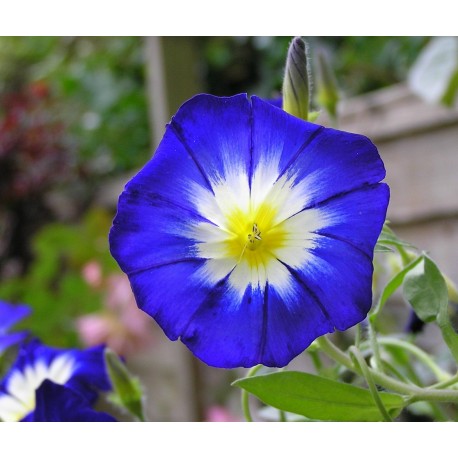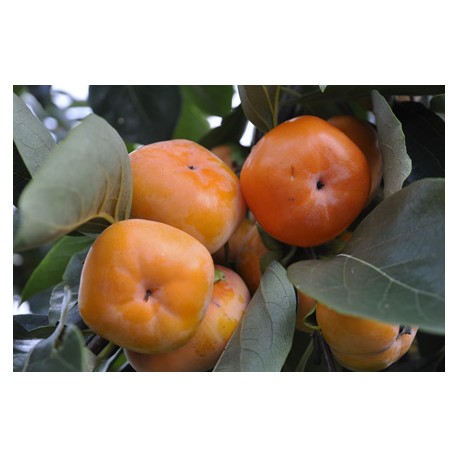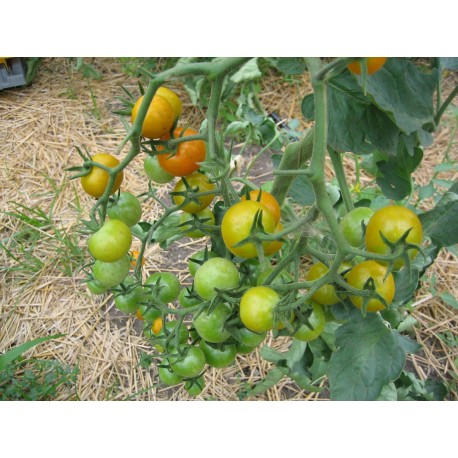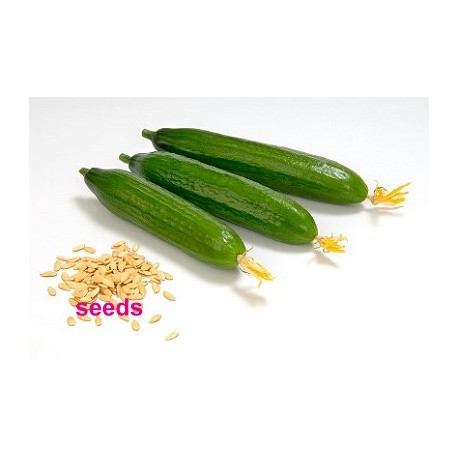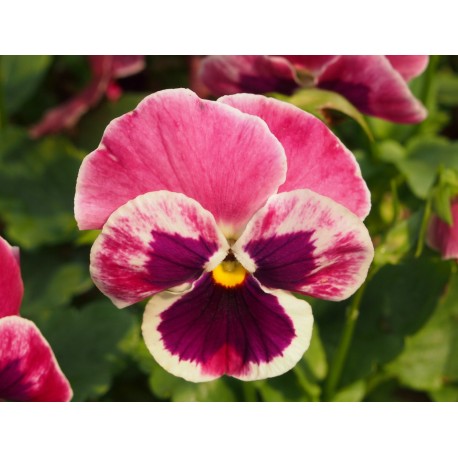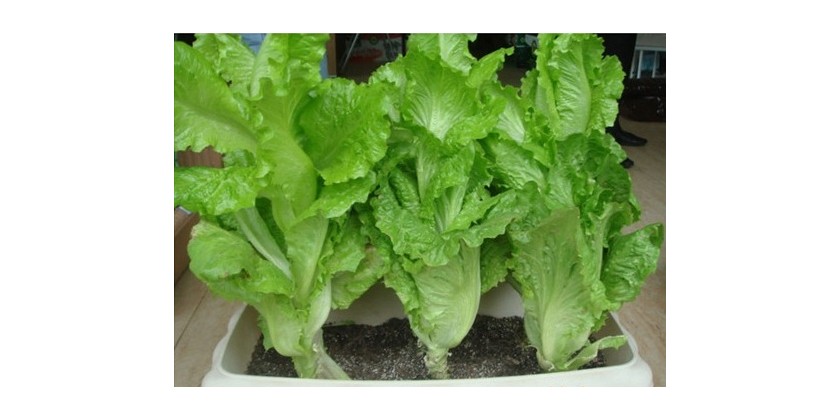
1. Clean up a field which has high drainage capacity and won’t be humid for a long term. You had better choose a field where is close to the water source or the water pipes can reach, so that it will be convenient to irrigate the plants in the future.
2. Choose some types of vegetables which suit for the weather. For example, it is suitable to plant amaranth and water spinach in hot summer.
3. Pay attention whether the growing period and harvest time of the selected vegetables meet the requirements.
4. Tools: hoes or shovels which can dig or turn over the soil; rakes which can loosen the soil.
Sowing

1. Dig the soil first, and let the soil in the sun for a while.
2. Level off the soil before sowing seeds, break the big clods and make their diameters smaller than 5 cm, but not too small. Don’t step on the soli which has been dug, so that the soil can keep loose and breathable.
3. Don’t sow the seeds too dense on the soil, so that they will not hamper each other in the future.
4. Rake the soil after sowing the seeds, and let the soil cover the seeds gently to prevent the seeds from being pecked by the sparrows.
5. Watering.
Planting

1. Some types of vegetables (such as Western lettuce, okra, etc.) must be planted with wide interval. So after sowing the seeds, their seedlings must be transplanted to other wider lands when they have grown to about 10 cm.
2. And also, some types of vegetables which are hard to sow and sprout, so we can directly buy their seedlings to plant, such as eggplants.
3. Dig the field according to the method which you have used in sowing. Before planting some types of plants, you must make the soil become ridgy or channeled.
4. Don’t plant too deep, with the principle of covering its root only.
5. Watering.
Irrigation

1. You can use the way of showering, water the soil or plants with a shower sprinkler, but don’t spout them powerfully. It can wash away the dirt on the leaves of the plants, and also save water, however, it is not enduring, so you should water them more often than the way of submerging.
2. You can use the way of submerging, once submerging all the soil, let the water recede immediately. Its purpose is to let all the soil fully get wet. In general, you can use this way when you plant a lot, so that it can make sure all the soil get wet at the same time.
3. How often should we water the plants? It depends on the weather and the soil. You can water them once every 2~3 days in hot summer and 5~6 days in winter if you use the way of showering; once every 5~7 days in hot summer and 7~10 days in winter if you use the way of submerging.











